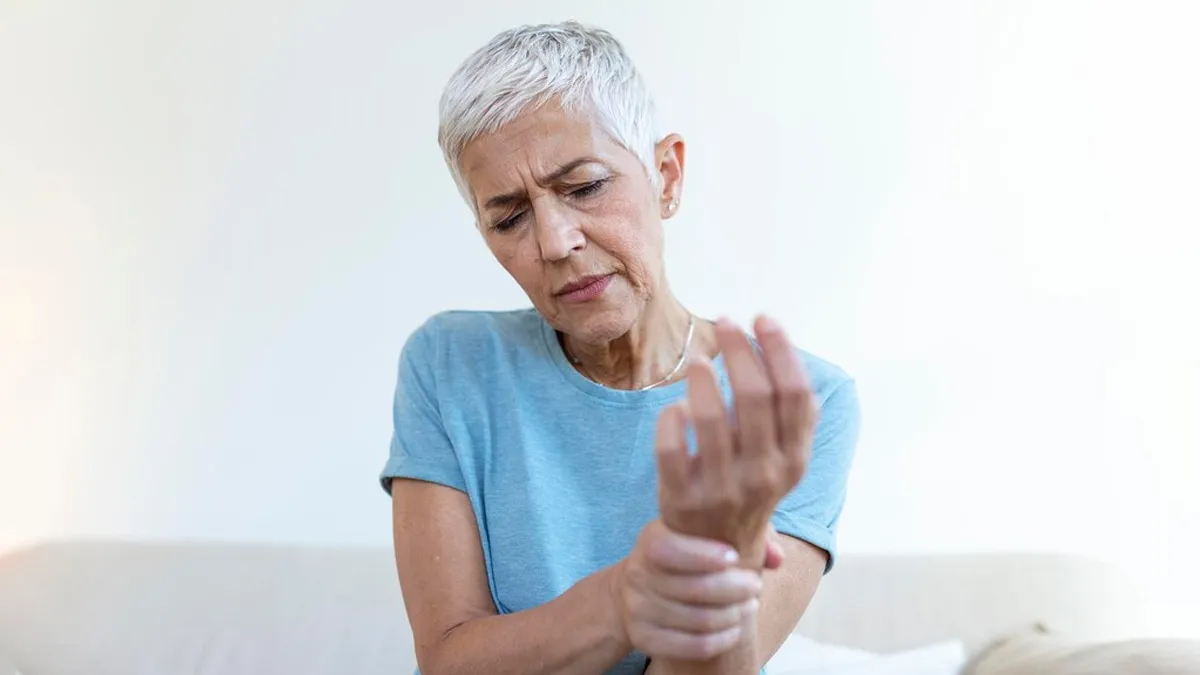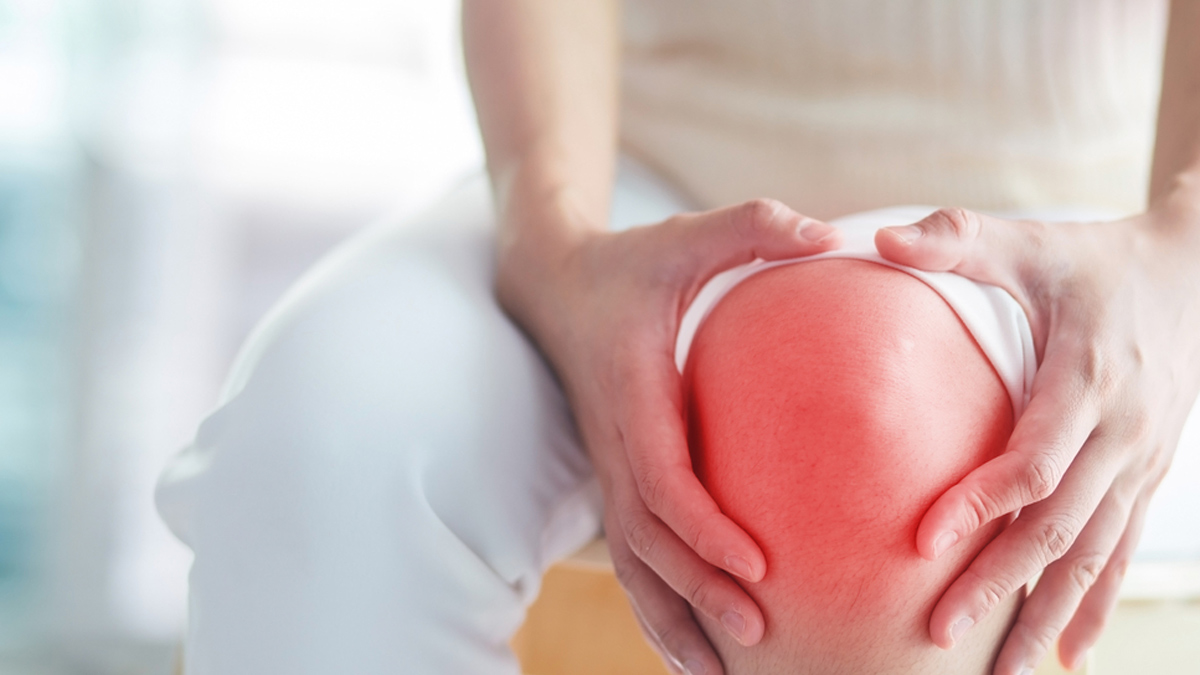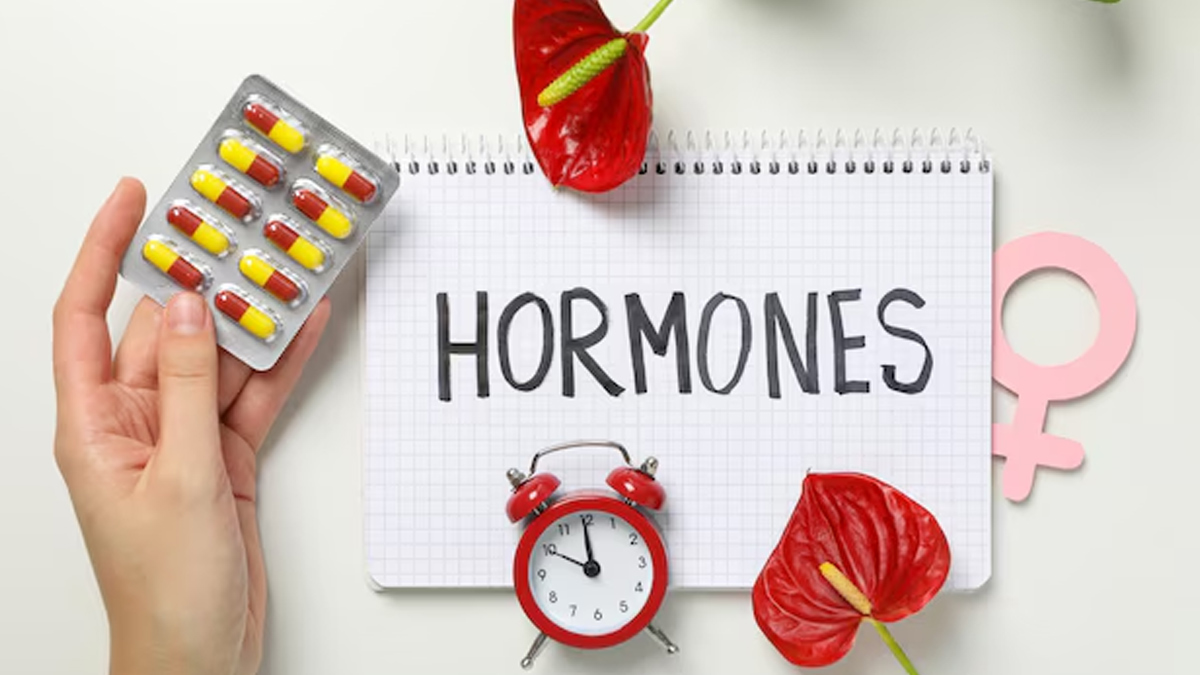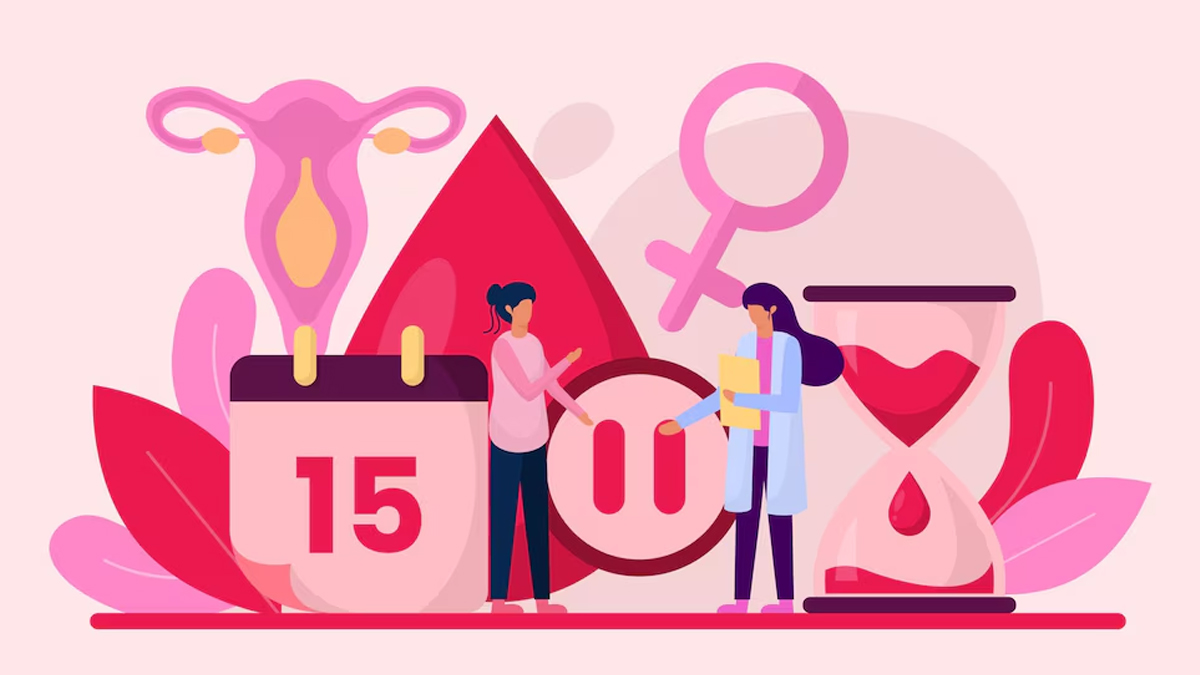
Have you ever wondered why arthritis seems to affect more women than men, often making everyday tasks feel like a struggle? For many women, this isn’t just about ageing—it’s about the intricate role hormones and genetics play in their health. From the hormonal shifts during menopause to a family history of joint disorders, these factors often go unnoticed until the pain becomes too hard to ignore. We spoke to our expert Dr Kavita Krishna, Director, Internal Medicine, Sahyadri Super Speciality Hospital, Hadapsar, Pune, who explained how hormonal changes and genetics may influence the risk of arthritis in women.
Table of Content:-

“Arthritis is a common condition that affects millions of people worldwide, with women disproportionately more affected as compared to men. This chronic joint disorder, characterised by pain, swelling, and stiffness, can significantly impact the quality of life, often limiting daily activities and mobility,” said Dr Krishna.
According to a 2024 study, women make up 60% of individuals with Osteoarthritis (OA) globally, with the disparity becoming more pronounced after the age of 40. This increased risk in women may stem from factors, such as joint anatomy, alignment, muscle strength, hormonal changes, obesity, and genetic predisposition.
It’s important to address the biological intricacies of hormonal changes throughout a woman's life, such as menopause and pregnancy and the genetic predispositions that increase the risk of arthritis. Examining these causes provides a comprehensive perspective on how hormonal fluctuations and inherited traits contribute to the onset and progression of arthritis in women.
Also Read: Persistent Joint Pain: How To Know If It Is Arthritis Or Something Else?
Hormonal Changes: Proactive Role of Oestrogen

“One of the most significant aspects of the development of arthritis in women is the influence of hormones, particularly oestrogen. Oestrogen has a protective effect on cartilage, the tissue that cushions joints”, said Dr Krishna. This hormone helps maintain joint health and reduce inflammation, which is vital in preventing the onset of arthritis. However, oestrogen levels naturally fluctuate throughout a woman’s life due to menstrual cycles, pregnancy, and menopause.
Menopause

Post-menopausal women often experience a sharp decline in oestrogen, which is associated with increased rates of OA. Lower oestrogen levels can accelerate cartilage breakdown, leading to joint pain and stiffness. This is the reason why many women report the onset or worsening of arthritis symptoms after menopause.
Pregnancy and Postpartum
“Pregnancy involves a series of complex hormonal shifts, including an increase in relaxin, a hormone that loosens ligaments to prepare for childbirth. This can impact joint stability and potentially increase the risk of arthritis in women, especially in the hips, knees, and other weight-bearing joints,” added Dr Krishna.
Autoimmune Responses
Rheumatoid Arthritis (RA), an autoimmune form of arthritis, is also more common in women and may be partly due to hormonal influences. Oestrogen’s interaction with the immune system can play a dual role; fluctuations may lead to increased immune activity against joint tissues, contributing to inflammation in susceptible individuals.
Also Read: Expert Answers Whether Running Worsens Or Improves Arthritis
Genetics - Family History and Specific Genes
Genetics is another critical factor, with a strong correlation between family history and the likelihood of developing certain types of arthritis. Women with a family history of RA or OA have a greater predisposition to these conditions. Dr Krishna listed some of the relevant genetic markers as:
- HLA Genes: The Human Leukocyte Antigen (HLA) system, particularly HLA-DRB1, is associated with RA susceptibility. Certain genetic variations in the HLA gene family are more common in women with RA, suggesting a hereditary component in the body’s immune response.
- COL2A1 Gene: This gene influences the production of collagen, a key protein in cartilage. Variations in COL2A1 are linked to early-onset osteoarthritis, particularly in weight-bearing joints. Women with these genetic variations might be more prone to OA, even in the absence of lifestyle-related risk factors.
Other Contributing Factors
Beyond hormonal and genetic factors, certain lifestyle and anatomical differences also play a role in arthritis development in women:

- Higher Joint Laxity: Women tend to have more flexible joints due to hormonal influences, which, combined with anatomical differences (wider hips), can alter biomechanics and increase the risk of joint wear and tear, leading to osteoarthritis.
- Bone Density and Muscular Strength: Lower bone density and variations in muscle strength and alignment, especially around the knees, increase joint stress and susceptibility to injury. This can be exacerbated by factors like obesity or physical inactivity, both of which are common risk factors for OA in women.
Bottomline
Dr Krishna concluded, “The higher rates of arthritis in women are due to a mix of hormonal changes, genetics, and lifestyle. Understanding these causes can help guide prevention, including hormone management after menopause if suitable, lifestyle changes, and genetic counselling.”
[Disclaimer: This article contains information provided by an expert and is for informational purposes only. Hence, we advise you to consult your own professional if you are dealing with any health issues to avoid complications.]
Also watch this video
How we keep this article up to date:
We work with experts and keep a close eye on the latest in health and wellness. Whenever there is a new research or helpful information, we update our articles with accurate and useful advice.
Current Version
